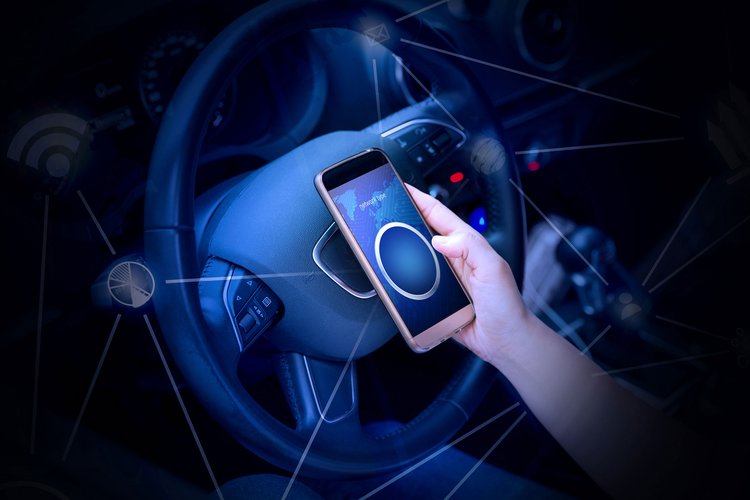These attacks may sound alarming, but in most cases they are made by “white-hat hackers.” These hackers don’t intend to damage or blackmail the automotive industry: their intention is to reveal weaknesses and provide an opportunity to remove them. Before these weaknesses are made public, carmakers are therefore usually informed so they are able to prepare updates.
Modern cars are complex systems; the possibilities of communication are good as well as bad. This connectivity opens the door for new attacks, but it also helps to secure cars and make them even safer – for example, via eCall. The battle between attackers and carmakers won’t end soon, but cars will become much more robust over time.
Meanwhile, smart card products have been getting ever stronger over the decades. Besides helping to make communication safer – especially because they can be managed over the air – they can also help to secure other use cases in cars, such as digital-car-key (DCK), and vehicle-to-everything (V2X) communication.



